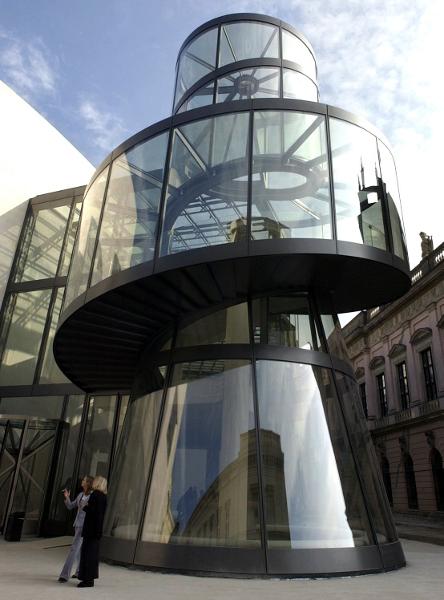Source

Source: picture-alliance / dpa (c) dpa – Fotoreport
In 1987, on the occasion of Berlin’s 750th anniversary, Helmut Kohl announced the founding of the German Historical Museum in the Western part of the city. The museum would remind Germans in both East and West of a past they shared with each other and with other Europeans as well. Originally, the museum was to be built on the Spreebogen [Spree Bend] near the Reichstag. Plans changed completely, however, after the fall of the Berlin Wall. On October 3, 1990 – Unification Day – the German Historical Museum acquired not only the collection of the former GDR “Museum for German History” in Berlin, but also its properties: namely, the Zeughaus [or Armory], where the GDR museum had resided from 1952 until September 1990. The Zeughaus, the oldest building on Berlin’s famous boulevard Unter den Linden, thus became home to the new German Historical Museum. The museum’s first exhibition opened in September 1991; the permanent exhibition – “German History in Images and Artefacts” [“Deutsche Geschichte in Bildern und Zeugnissen”] opened in 1994. Because additional space was needed for changing exhibitions, plans were made for an annex, and the commission was awarded to the renowned Chinese-American architect I.M. Pei. After four years of construction, the keys to the new addition were formally handed over on February 28, 2008. Pei’s highly praised annex provides the museum with 4,500 square meters of additional floor space; it is connected to the 300-year-old Zeughaus by an underground tunnel, which leads into the Schlüterhof with its new glass roof.

Source: picture-alliance / dpa (c) dpa – Fotoreport